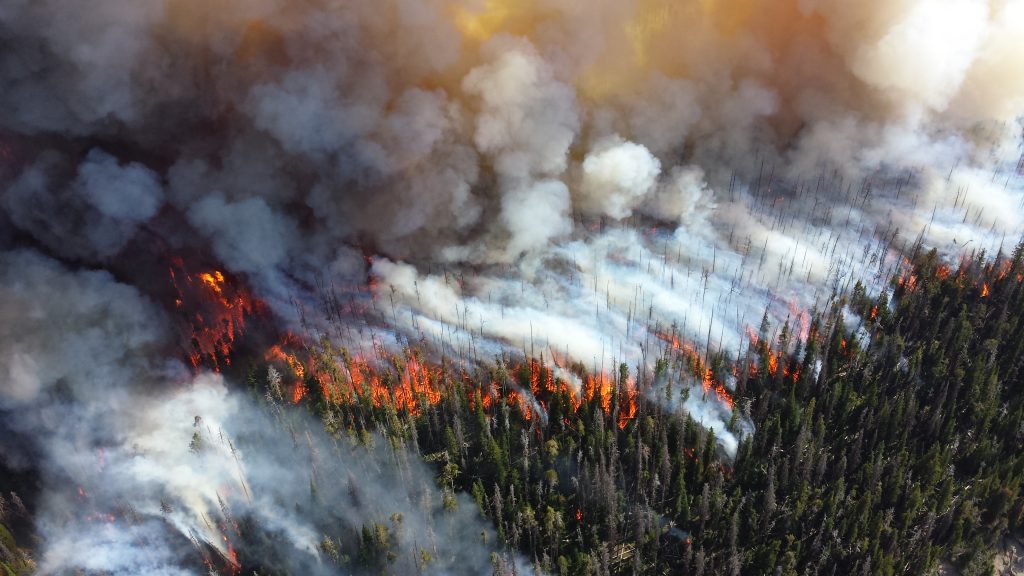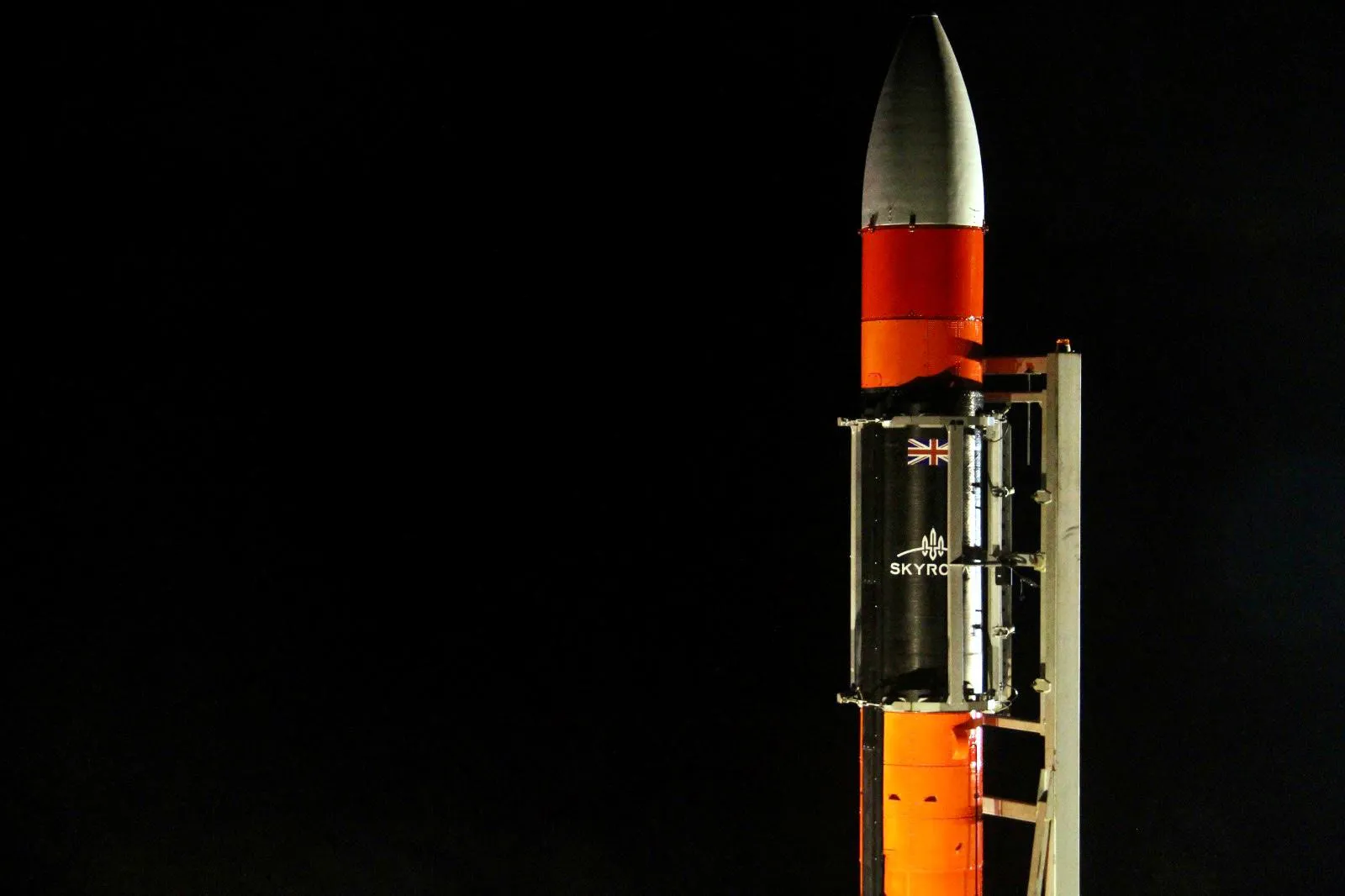Space technology and ridgway’s rail habitat protection

Researchers from the University of Idaho are using Landsat satellite data in order to develop a sustainable habitat for the endangered bird species, the Yuma Ridgway’s rail. This represents yet another milestone for space technology aiding wildlife conservation in a constantly changing environment.
Yet another endangered bird
The Yuma Ridgeway’s rail represents an endangered smaller subspecies of the Ridgeway’s rail, whose numbers are dependent on habitat availability. To ensure its conservation, the first recovery plan for the Yuma Ridgeway’s rail was published in 1983 and has been revised twice since.
The bird can be found in freshwater mashes, composed of cattail and bulrush, in areas extending from Nevada, California, Arizona to Northern Mexico. Due to continuous habitat loss, which is strongly linked to anthropogenic factors, there is little available habitat for the species to thrive in. As a consequence, many of the remaining environments are man-made and require constant management in order to maintain the necessary quality needed for the bird’s survival. Unfortunately, surveys carried between 2005-2013 found that the Yuma Ridgway’s Rail population is still declining and a total decrease of 52% was observed over the eight year period.
What is more, all three subspecies of the Ridgway’s rail found in the United States (the Yuma Ridgway’s rail, the California Ridgway’s Rail, and the Light-footed Ridgway’s rail) have been declining in numbers since the end of the 19th century and are listed as endangered.
Habitat sustainability from space
Satellites have been helped identify the habitat use and movements of these birds since the 1980s though telemetry surveys, which have been regularly employed by ecological monitoring programmes ever since. Now, researchers are taking one step further in trying to save these endangered birds by using space technologies, this time thorough the use of earth observation satellites.
By using freely available satellite imagery from Landsat surveys between 1999-2019, Eamon J. Harrity and other researchers from the University of Idaho alongside scientists from the U.S. Geological Survey, have created habitat sustainability maps, illustrating all the optimal habitats for this species within the Lower Colorado River Basin and Salton Sink, USA. Apart from the spatial resolution the data offers, the temporal window and the rail count data are of particular importance in order to have an accurate model of habitat sustainability predictions.
Interestingly enough, the study has found that the majority of the existing optimal habitats are already protected or on federally managed land, validating the management actions taken until the present time.
Additionally, the results are easily updatable every year based on varying conditions, sharable and interactive, making them a framework for future habitat sustainability models in constantly evolving environments. Furthermore, the system can be employed and optimised for an array of different conservation and restoration projects, especially useful for those that target highly fluctuating ecosystems. In other words, the framework can be used to improve conservation efforts for any species, portraying another great example of how space technology is aiding the protection of Earth’s wildlife.
References
1. Clark, E., 2020. Tracking A Secretive Marsh Bird Through The Desert - Sonoran Joint Venture. [online] Sonoran Joint Venture. Available at: https://sonoranjv.org/tracking-a-marsh-bird-through-desert/ [Accessed 10 December 2020].
2. Fws.gov. 2020. U.S. Fish And Wildlife Service - Yuma Ridgway’S Rail. [online] Available at: https://www.fws.gov/southwest/es/arizona/Documents/Redbook/Yuma%20Ridgways%20Rail%20RB.pdf Accessed 10 December 2020].
3. Harrity, E., Stevens, B. and Conway, C., 2020. Keeping up with the times: Mapping rangewide habitat suitability for endangered species in a changing environment. Biological Conservation, 250, p.108734.
4. Landsat.gsfc.nasa.gov. 2020. Landsat Imagery Could Help An Endangered Bird | Landsat Science. [online] Available at: https://landsat.gsfc.nasa.gov/article/landsat-imagery-could-help-endangered-bird [Accessed 10 December 2020].
5. Pronatura-noroeste.org. 2020. Future Use Of Telemetry To Study Yuma Ridgway's Rail. [online] Available at: https://pronatura-noroeste.org/en/news/future-use-telemetry-study-yuma-ridgways-rail[Accessed 10 December 2020].
6. USGS.gov. 2020. Ecology And Population Dynamics Of Ridgway's Rails Along The West Coast Of The U.S.. [online] Available at: https://www.usgs.gov/centers/werc/science/ecology-and-population-dynamics-ridgways-rails-along-west-coast-us?qt-science_center_objects=0#qt-science_center_objects [Accessed 10 December 2020].
7. USGS.gov. 2020. Idaho Project: Dispersal Behavior Of Yuma Ridgway's Rail. [online] Available at: https://www1.usgs.gov/coopunits/project/125369903104/cconway [Accessed 10 December 2020].



